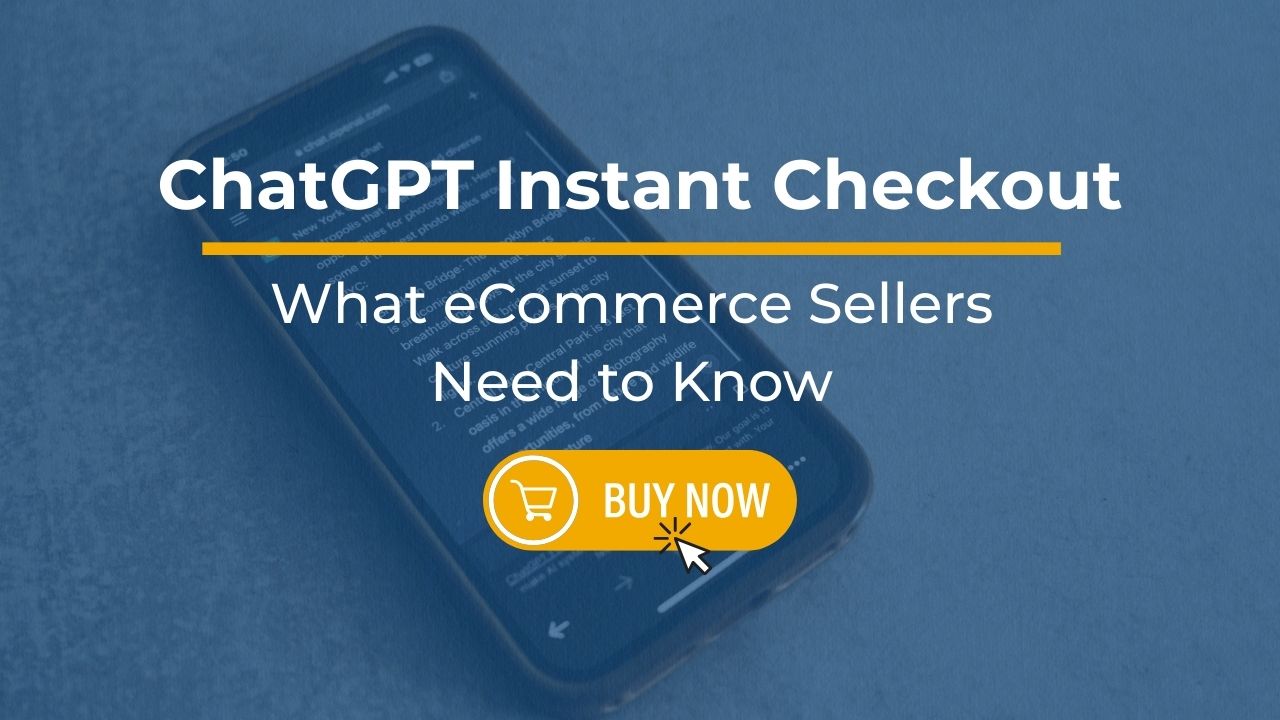
If you’re running an online store, you’ve probably noticed something weird happening. Your customers aren’t just Googling products anymore. They’re asking ChatGPT what to buy, and now? They can complete the entire purchase without ever leaving the chat window.
On October 2, 2025, OpenAI dropped a bomb on the eCommerce world: Instant Checkout for ChatGPT.
Here’s what makes this different: ChatGPT has 700 million weekly active users generating roughly 4 billion product-related queries every year. Before Instant Checkout, all that shopping intent just… evaporated. Users would get a recommendation, then bail to Google, get distracted, and never complete the purchase. Now? The AI recommends a product, shows a “Buy” button, and boom. Done. Never left the app.
This shift isn’t about convenience. It’s about control. And right now, OpenAI is building the infrastructure that could determine which products get sold and which don’t.
Jump right in: ChatGPT’s Instant Checkout Feature
- How ChatGPT Instant Checkout Actually Works (The Technical Stuff)
- The Agentic Commerce Protocol: What Sellers Need to Understand
- Getting Your Store ChatGPT-Ready: Platform by Platform
- The PayPal Partnership and What It Means for Small Businesses
- Generative Engine Optimization: The New SEO You Need to Master
- The Economics: Why This Changes Your Profit Margins
- Protocol Wars: ACP vs AP2 (And Why You Should Care)
- Strategic Risks: What You’re Giving Up
- What’s Coming Next: 2026-2030
- Summary & Key Points
How ChatGPT Instant Checkout Actually Works (The Technical Stuff)
Before you can optimize for this new shopping channel, you need to understand what’s happening behind the scenes.
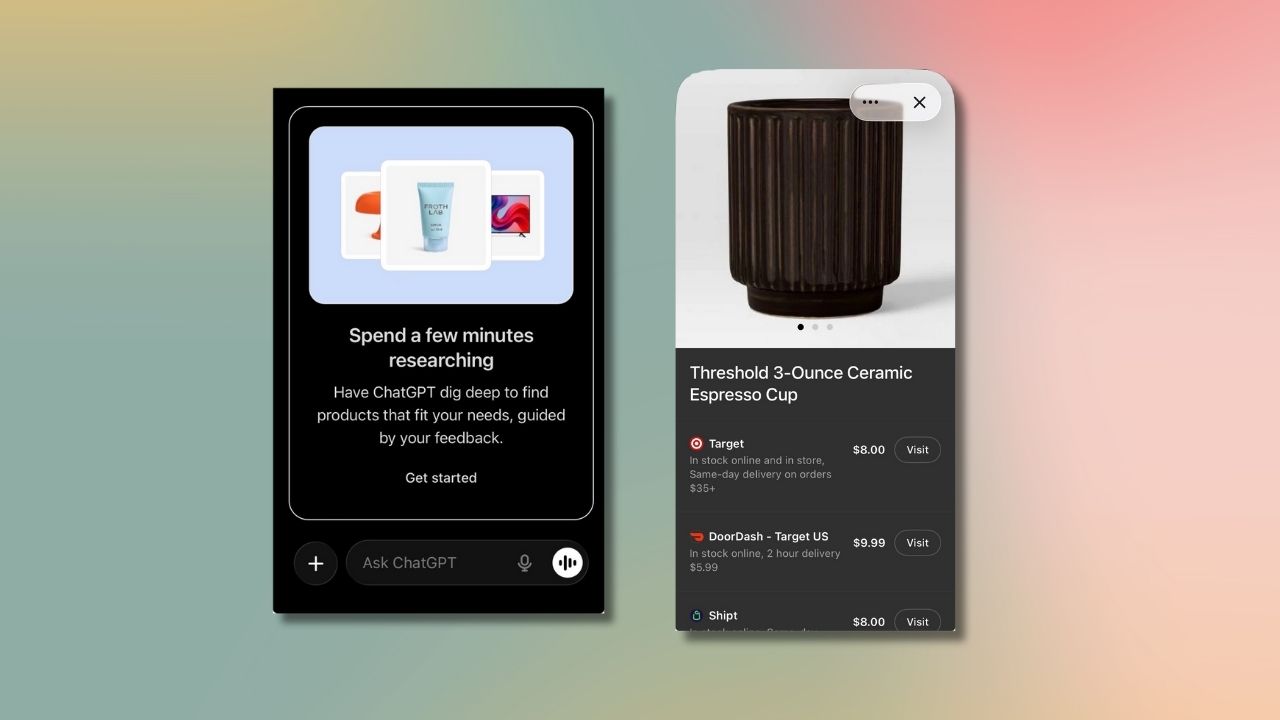
When someone asks ChatGPT “I need a gift for an artist,” the AI doesn’t just spit out a list of links. It actively researches products, reading reviews from trusted sources, comparing specs, and synthesizing buyer’s guides. If you ask for the best espresso machine for a small kitchen, it’ll factor in the “small kitchen” constraint and filter out bulky models before you even see the options.
This is what OpenAI calls “Shopping Research,” and it’s powered by a specialized shopping model (likely a fine-tuned GPT-5 variant).
Here’s where it gets interesting: if the recommended product comes from a merchant who’s integrated with the system, a “Buy” button appears right in the chat. Click it, confirm with Face ID or Touch ID, and the purchase is complete. No website. No cart. No checkout form.

The Shopping Research Phase
The AI doesn’t pick products randomly. It scrapes trusted review sites, forums, and verified purchase reviews. If your product has consistent complaints about a specific issue (say, “it’s too bulky” or “battery life sucks”), the AI learns this as fact. Even with a 4-star average, your product might get filtered out if it doesn’t match the user’s stated needs.
This means review management just became 10x more important. We’ll get to that.
The Agentic Commerce Protocol: What Sellers Need to Understand
The system runs on something called the Agentic Commerce Protocol (ACP), an open standard developed by OpenAI and Stripe. Think of it as the technical “language” that lets AI agents talk to your store’s backend.

Here’s the core problem ACP solves: how do you let a chatbot buy stuff without giving it your credit card number? The answer is Shared Payment Tokens.
How Shared Payment Tokens Work
Instead of handling raw credit card data, the system uses a three-way handshake:
- Intent Declaration: User tells ChatGPT “Buy this”
- Token Request: ChatGPT pings the payment processor (Stripe or PayPal) to create a token
- Token Scoping: The token only works for:
- One specific merchant
- One specific dollar amount (with tolerance for tax/shipping)
- A short time window (like 15 minutes)
- Delegation: Token gets passed to your store’s API
- Settlement: Your backend validates the token and captures the funds
ChatGPT never sees your customer’s actual credit card number. If someone steals the token, it’s useless at a different store or for a different amount. This dramatically reduces fraud risk.
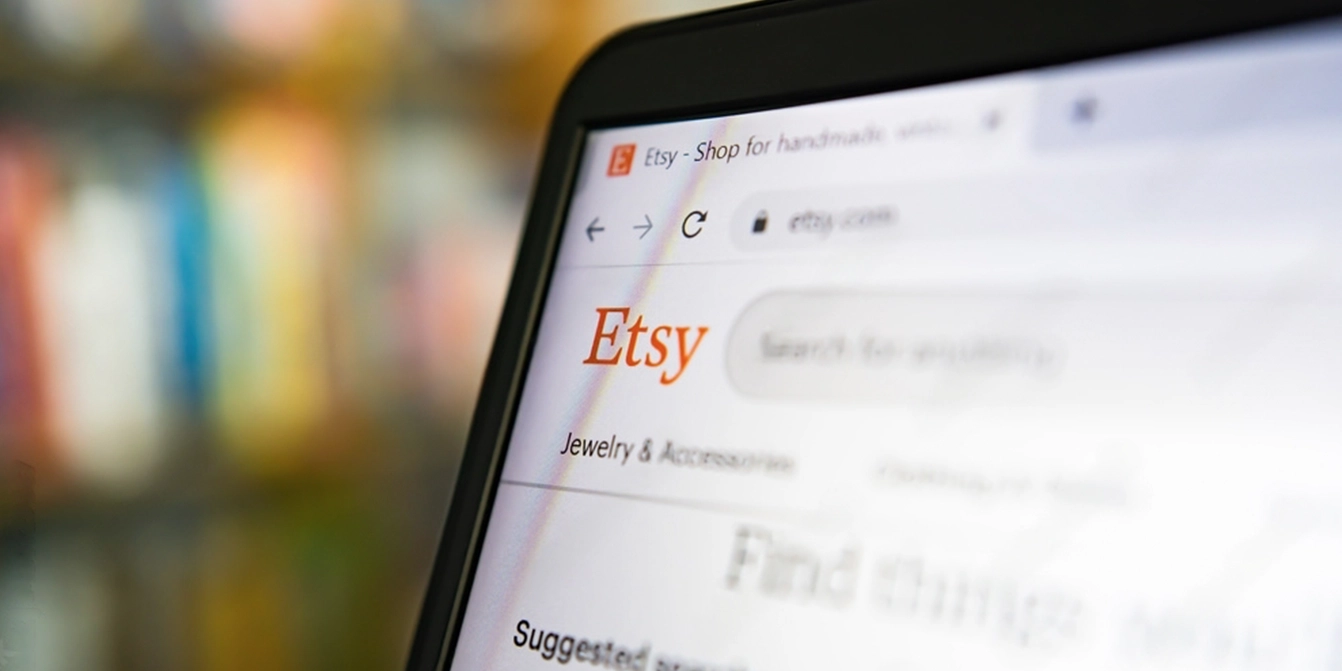
Three Requirements for Integration
For your store to work with Instant Checkout, your tech stack needs to support three specific things:
- Product Feed Spec
The AI needs to know what you’re selling. This isn’t a basic XML sitemap. We’re talking structured, machine-readable data that includes:
- Real-time inventory counts
- Complex variant logic (Size: Medium, Color: Red)
- Semantic attributes that match intent (“water-resistant” vs. “waterproof”)
- Delegated Payment Spec
This is the API endpoint your store exposes to receive that Shared Payment Token. Think of it as your digital cash register.
3. Order Completion Spec
After payment clears, your system returns a standardized “Order Object” back to ChatGPT so it can show the “Order Confirmed” checkmark and shipping details right in the chat.
That said, here are the challenges small e-commerce businesses confront and how technologies can significantly help:
- Tight budgets: Small brands must stretch every dollar compared to large enterprises with big IT teams and deep pockets. They need tools that deliver fast ROI and stay affordable even during slow sales periods. Automation cuts costs by handling routine tasks and improving efficiency, while AI serves as a money-saving tip for warehouses and fulfillment.
- Labor shortages: Finding and keeping reliable warehouse staff is tough, more so training new hires, which takes time. Even one absence during peak season can slow down fulfillment and negatively impact customer satisfaction. AI makes workforce forecasts while automation keeps orders moving even when the team is short-handed.
- Space constraints: Many small e-commerce brands operate out of small warehouses and/or shared spaces. As traditional layouts don’t fit well, they need to maximize space for your receiving and shipping area. AI and automation help by organizing stock better and making the most of limited space.
- Human error: Picking and packing mistakes are costly, as they often result in lost time, return shipping, restocking, and unhappy customers. Automation reduces errors with scanning and tracking tools that ensure accuracy. Meanwhile, AI assists humans in predicting and regulating stock levels.
- Scaling challenges: Sudden order spikes can overwhelm manual processes. Delays and errors risk damaging customer trust and the brand’s reputation. Automation allows small brands to handle more orders smoothly without compromising speed or quality. Meanwhile, AI enables them to keep an eye on competitors to establish fair pricing and ensure a competitive advantage.
Discover the AI tools and automated platforms to use for e-commerce operations below.
Getting Your Store ChatGPT-Ready: Platform by Platform
Implementation varies wildly depending on what you’re running.

Shopify: The Easy Button
Shopify is OpenAI’s flagship partner, so this is the smoothest path. But it’s not automatic for everyone yet.
Prerequisites:
- US-based store (for now)
- Shop Pay enabled through Shopify Payments
- Products synced to the Shop app sales channel
The Shop channel is key. OpenAI appears to be indexing the Shop app’s catalog rather than crawling individual Shopify sites directly.
Setup Steps:
- Check your “Sales Channels” section in Shopify Admin
- Look for the Shop channel settings
- Wait for the opt-in notification (rolling out from pilot brands like Glossier and SKIMS to the broader merchant base)
- Make sure all products have valid GTINs (UPCs) and high-res images
One Big Limitation:
Bundle logic doesn’t work yet. If you’re using third-party apps for “Buy 3, Get 1 Free” promos that modify checkout, those won’t translate to Instant Checkout. The system handles simple single-SKU purchases only.

WooCommerce: The DIY Route
WooCommerce sellers need to get their hands dirty, but the open-source community has already built plugins to handle this.
Search for plugins like “ChatGPT Product Feed for WooCommerce” or “Agentic Commerce for WooCommerce.”
What These Plugins Do:
- Create the necessary REST API endpoints (/wp-json/acp/v1/delegate_payment)
- Handle the token handshake between OpenAI, Stripe, and your WooCommerce backend
- Generate a JSON feed that updates every 15 minutes for inventory accuracy
The Catch:
Unlike Shopify where the platform validates merchants, independent WooCommerce stores might face a stricter “allow-list” process. You may need to submit your domain to OpenAI for whitelisting to prevent fraud.
Is Your Business Ready for Professional Order Fulfillment Services?
Take our 3-minute assessment to discover if partnering with a fulfillment service could help scale your business.
Storage Solutions
Optimize your inventory management
Scale Operations
Support your business growth
Save Time
Focus on core business activities
Improve Accuracy
Enhance customer satisfaction
Takes 3 minutes • Get instant results • Free analysis
Business Metrics
Assessment Questions (1-4)
Assessment Questions (5-8)
Assessment Results
Magento, BigCommerce, and Salesforce Commerce Cloud
Magento (Adobe Commerce):
Community developers are building integration modules, but Magento’s complexity means you’ll likely need developer help to map the ACP “Order Object” to Magento’s rigid workflows.
BigCommerce:
No flashy one-click integration yet, but feed management tools like Feedonomics are building bridges. These middleware solutions can format your BigCommerce catalog for ACP and handle order syncing.
Salesforce Commerce Cloud:
Salesforce announced support through Agentforce Commerce. This is enterprise-grade stuff that lets massive retailers flip on ChatGPT as a sales channel while maintaining their complex ERP integrations.
Custom/Headless Setups
If you’re on a custom stack, you’re coding this from scratch.
What You Need to Build:
- A public JSON endpoint following the ACP Schema
- Security validation for token signatures (to confirm requests are actually from OpenAI/Stripe)
- Webhook listeners for order success/failure events
Check the agentic-commerce-protocol GitHub repo for OpenAPI specs.
The PayPal Partnership and What It Means for Small Businesses
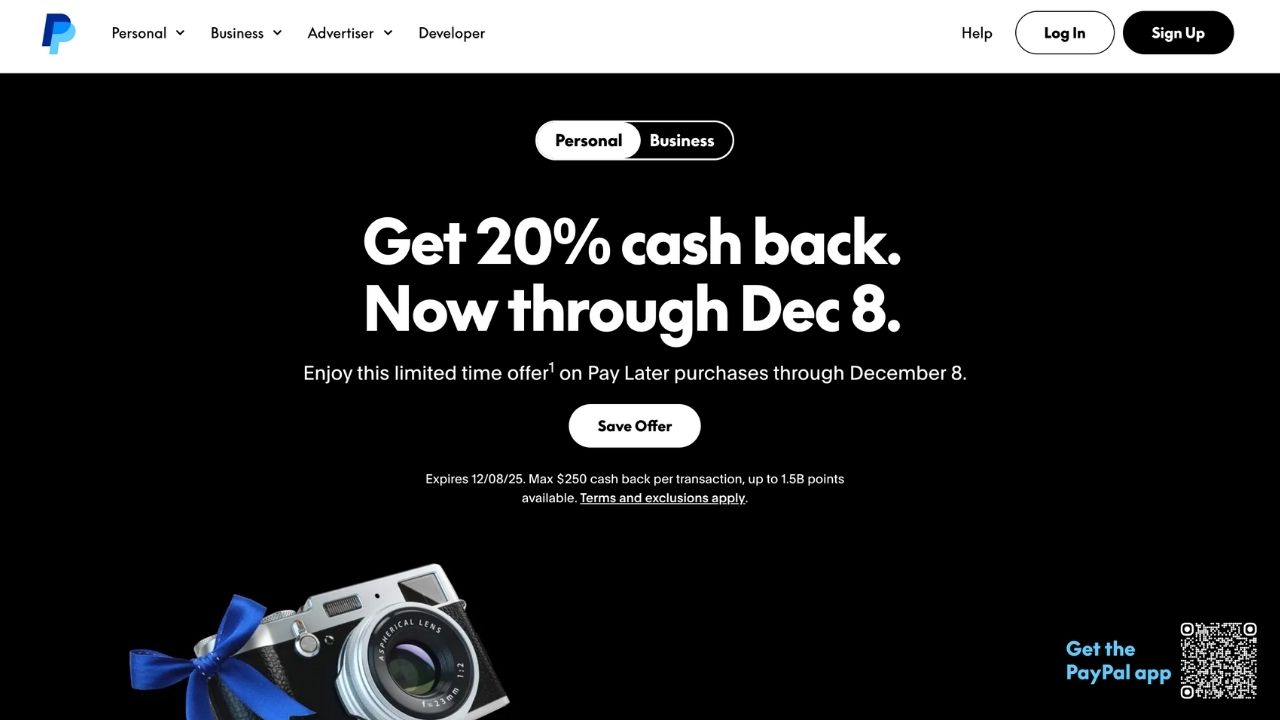
The OpenAI-PayPal announcement in October 2025 might be even bigger than the protocol itself.
Here’s why this matters: PayPal is acting as an aggregator. Millions of small businesses use PayPal as their checkout processor but don’t have sophisticated eCommerce platforms. Maybe they’re on Wix with just a PayPal button, or they’re selling through Instagram with PayPal links.
PayPal will bridge these merchants to ChatGPT by acting as the technical middleman. It exposes their product catalogs through its own ACP implementation. Suddenly, a solopreneur with a basic website can tap into 700 million ChatGPT users.
Consumer Side Benefit:
PayPal has 400 million active wallets. Users can link their PayPal account once and checkout instantly without entering payment info again. Same goes for Venmo, which could open up peer-to-peer and social commerce scenarios.
Generative Engine Optimization: The New SEO You Need to Master
Forget keyword stuffing. Ranking in ChatGPT requires a completely different approach. People are calling it Generative Engine Optimization (GEO).
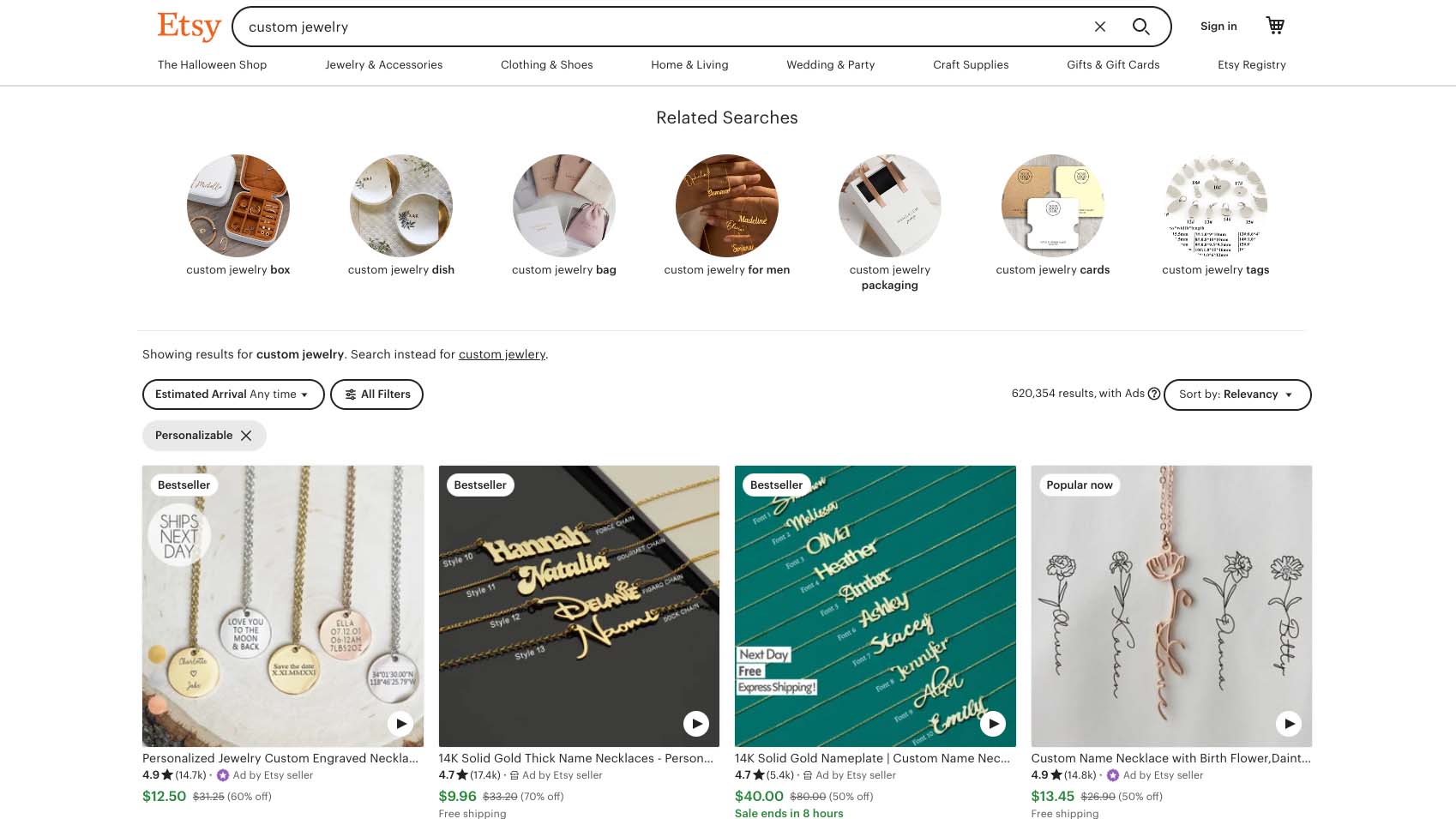
From Keywords to Semantic Context
Traditional SEO targets keywords like “men’s running shoes.” LLMs understand context and intent.
Old Product Description:
“Waterproof, GORE-TEX, Size 10.”
GEO-Optimized Description:
“This boot works great for wet-weather hiking on rocky terrain thanks to its GORE-TEX lining. It runs true to size, making it a solid pick for long-distance trekkers who need ankle stability.”
See the difference? When someone asks ChatGPT “What’s a good boot for a rainy hike on rocks?”, the AI searches for semantic matches to “rainy hike” and “rocks.” Your enriched descriptions feed that matching process.
Save Yourself the Headache and Let us Handle Your Fulfillment!
See How Using a 3PL for saves Apparel sellers time. Get a Free Quote from eFulfillment Service Today!
Reviews Are Now Product Data
ChatGPT’s Shopping Research model digests review text to determine product quality. If multiple reviews say “the battery life is short,” the AI treats this as fact.
Even with a 4-star rating, your product might get excluded from queries about “long-lasting battery.”
What to Do:
Analyze your review sentiment. If there’s a consistent complaint, address it head-on in your product description. For example: “Designed for lightweight portability with a 4-hour battery life optimized for city commutes” acknowledges the limitation while framing it positively.
Structured Data Is Non-Negotiable
The AI is a machine. It needs machine-readable data.
You need rigorous Schema.org markup in JSON-LD format. Required fields:
- price
- availability
- shippingDetails
- returnPolicy
If the AI can’t deterministically read your price or stock status, it’ll skip your product rather than risk a failed checkout.
The Economics: Why This Changes Your Profit Margins

The Fee Structure
No Ad Spend:
There’s no Cost Per Click (CPC) in Instant Checkout. Inclusion is organic. You’re not bidding against competitors for placement.
Transaction Fee:
OpenAI charges a “small fee” on successful transactions. Exact percentages are often under NDA, but industry watchers expect a platform fee model similar to other marketplaces.
Payment Processing:
Standard Stripe/PayPal fees still apply (around 2.9% + 30¢).
Who Wins and Who Loses
This shifts marketing costs from fixed/risk expense (Customer Acquisition Cost) to variable expense (Cost of Goods Sold).
Winners: High-CAC, High-Margin Brands
A beauty brand spending $40 to acquire a $100 customer through Instagram Ads will thrive here. Paying a 5% fee ($5) to OpenAI is way cheaper than $40 in ad spend.
Losers: Low-Margin Commodity Sellers
If you’re selling generic phone cables with a 10% margin, you can’t afford extra platform fees on top of credit card processing. The economics favor differentiated, higher-margin products.
The “Organic” Window
Right now, we’re in a golden age of organic reach on ChatGPT. The number of ACP-enabled merchants is relatively small compared to the total web. Early adopters are seeing disproportionate visibility.
This is like being an early seller on Amazon in 2005 or an early creator on TikTok in 2018. It won’t last forever.
Protocol Wars: ACP vs AP2 (And Why You Should Care)
OpenAI’s ACP isn’t the only game in town. Google launched a competing standard called Agent Payments Protocol (AP2).
This is the Blu-ray vs HD DVD battle of the AI commerce era.
Key Differences
| Feature | OpenAI’s ACP | Google’s AP2 |
| Philosophy | Platform-centric (connects merchants to ChatGPT) | Decentralized (any agent can buy from any merchant) |
| Trust Mechanism | Shared Payment Tokens (PSP-mediated) | Verifiable Credentials & Mandates (cryptographic) |
| Authorization | Per-transaction approval | Delegated spending limits (“$100/month on groceries”) |
| Partners | Stripe, PayPal, Shopify, Etsy | Google, Amex, Mastercard, Coinbase, Adyen |
The “Mandate” Concept
AP2’s big innovation is autonomous purchasing through “Mandates”.
Instead of clicking “Buy” every time, you could authorize your AI to “Buy coffee beans whenever the price drops below $15, up to $50/month.”
The mandate is cryptographically signed. If the AI tries to spend $60, the transaction fails at the protocol level.
What Sellers Should Do
ACP is the pragmatic choice right now because it’s live in ChatGPT. But AP2 represents a more flexible future standard.
Recommendation:
Prioritize ACP integration now to capture revenue. But push your platform providers (Shopify, BigCommerce) to abstract this complexity. Ideally, you toggle “Enable Agentic Commerce” in your dashboard, and the platform handles whether requests come from ACP (OpenAI) or AP2 (Google).
Strategic Risks: What You’re Giving Up

Brand Dilution: The “Vending Machine” Effect
Instant Checkout strips away the “experience” of shopping. No landing page. No brand video. No typography. No “About Us” section. Your product appears as a utility in a chat bubble.
The Risk:
Brands become “white label” suppliers to the AI. If customer loyalty shifts to ChatGPT (the helpful agent), the merchant becomes replaceable.
Mitigation:
Focus on “unboxing” and post-purchase experiences. You can’t wow customers on the website, so wow them when the package arrives to build loyalty.
Data Sovereignty: What You Lose
In a normal web transaction, you own the tracking pixel. You know where users came from, what they browsed, how long they lingered.
In ACP:
You only receive final order details. The “search intent” data stays with OpenAI. You lose upper-funnel intelligence.
Compliance Note:
Make sure your handling of customer data received from OpenAI complies with CCPA and GDPR. OpenAI handles transaction consent, but you’re responsible for post-purchase marketing opt-ins.
Regulatory Concerns: The EU AI Act
European markets pose specific challenges. The EU AI Act requires transparency. Users must know they’re interacting with an AI, and “dark patterns” (manipulative UI) are banned.
OpenAI states that recommendations are “organic and unsponsored”, which is necessary for EU compliance. But this could change.
What’s Coming Next: 2026-2030
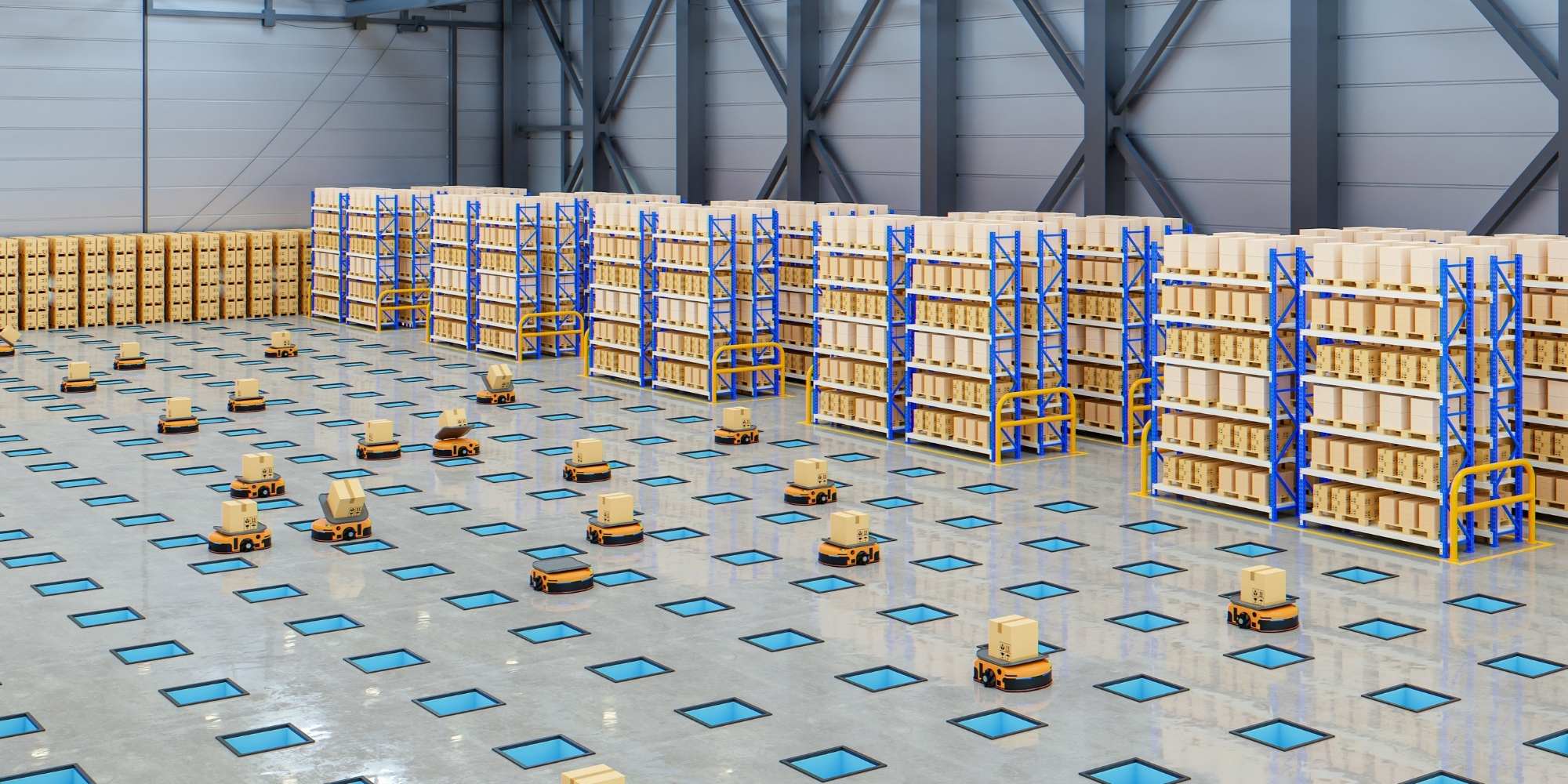
Instant Checkout is just step one. Here’s where this is heading:
Autonomous Replenishment
Integration of “Mandates” will enable “set and forget” commerce.
Scenario:
“Keep my pantry stocked with coffee beans, max $20/bag.” The AI monitors prices and inventory, executing weekly purchases without user intervention.
Merchant Strategy:
Subscription brands need to upgrade tech stacks to support machine-initiated recurring orders.
Multimodal Commerce
With GPT-5’s vision capabilities, commerce becomes visual.
Scenario:
Snap a photo of someone’s sneakers on the subway. Ask “Buy these for me.” The AI identifies the model, finds an ACP-enabled merchant with your size in stock, and presents a “Buy” button instantly.
Merchant Strategy:
Image optimization becomes critical. Clean, high-contrast product photos that computer vision models can easily identify will win sales.
Agent-to-Agent (A2A) Economy
Eventually, merchants won’t just have static APIs. They’ll have their own AI agents.
Future State:
Your customer’s agent (ChatGPT) talks to your merchant agent (Salesforce Agentforce). They negotiate price, verify stock, and agree on delivery terms in milliseconds before presenting the final offer.
Summary: ChatGPT Instant Checkout: What eCommerce Sellers Need to Know
The merchants who win here will be those who:
- Structure data today to be machine-readable
- Integrate with necessary protocols via their platform or plugins
- Adapt economic models to thrive on transaction fees rather than ad spend
- Build post-purchase experiences that create loyalty when the transaction itself is frictionless
The “wait and see” approach is risky. Right now, there’s an organic reach opportunity that won’t last. Early movers are getting disproportionate visibility simply because the merchant pool is small.
Stop viewing AI as a content generator. Start viewing it as your most important customer.
Sources
- ChatGPT’s Instant Checkout is an Instant Threat – Marketplace Pulse
- You can now buy things through ChatGPT with new “Checkout” tool – CBS News
- ChatGPT adds shopping research with holiday gift advice in mind – Digital Commerce 360
- OpenAI turns ChatGPT into a smarter shopping assistant – Times of India
- Is OpenAI’s Instant Checkout a Monopoly Move Dressed as Convenience? – Winsome Marketing
- Stripe powers Instant Checkout in ChatGPT and releases Agentic Commerce Protocol – Stripe Newsroom
- Agentic Commerce Protocol – OpenAI for developers
- Shopify x OpenAI: How ChatGPT Is Transforming Ecommerce – Domaine
- OpenAI, PayPal Partner to Bring Instant Checkout to ChatGPT – Caribbean News Digital
- Agentic commerce in production – OpenAI for developers
- Instant Checkout: Buy Directly from Merchants through ChatGPT – OpenAI Help Center
- Key concepts – OpenAI for developers
- Developing an open standard for agentic commerce – Stripe Blog
- OpenAI and PayPal Team Up to Power Instant Checkout and Agentic Commerce in ChatGPT – PR Newswire
- OpenAI’s ChatGPT rolls out shopping research feature to find products directly – The Hindu
- ChatGPT’s new Shopping Research feature helps you compare products and get personalised buying guides – Indian Express
- A practical guide to the Agentic Protocol Shopify integration – eesel AI
- Announcing Agent Payments Protocol (AP2) – Google Cloud Blog
- The Era of Agentic Commerce starts now with the New Agent Payments Protocol (AP2) – Medium
- Google’s AP2 vs OpenAI’s ACP: Who Will Define Trust in Agent Commerce? – Medium
- Mollie prepares European businesses for agentic commerce – Fintech Global
- Buying Inside ChatGPT? 5 Steps to Prepare for Shopify’s Integration – Zipify
- Agentic Commerce Protocol: Preparing Your Brand for AI-Driven eCommerce – i95Dev
- The Product Page is Changing: How to Optimize Your Product Feed for ChatGPT Instant Checkout – Tadpull
- Agentic Commerce Protocol & ChatGPT Product Feed for WooCommerce – WordPress.org

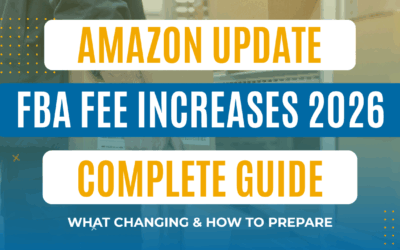


0 Comments